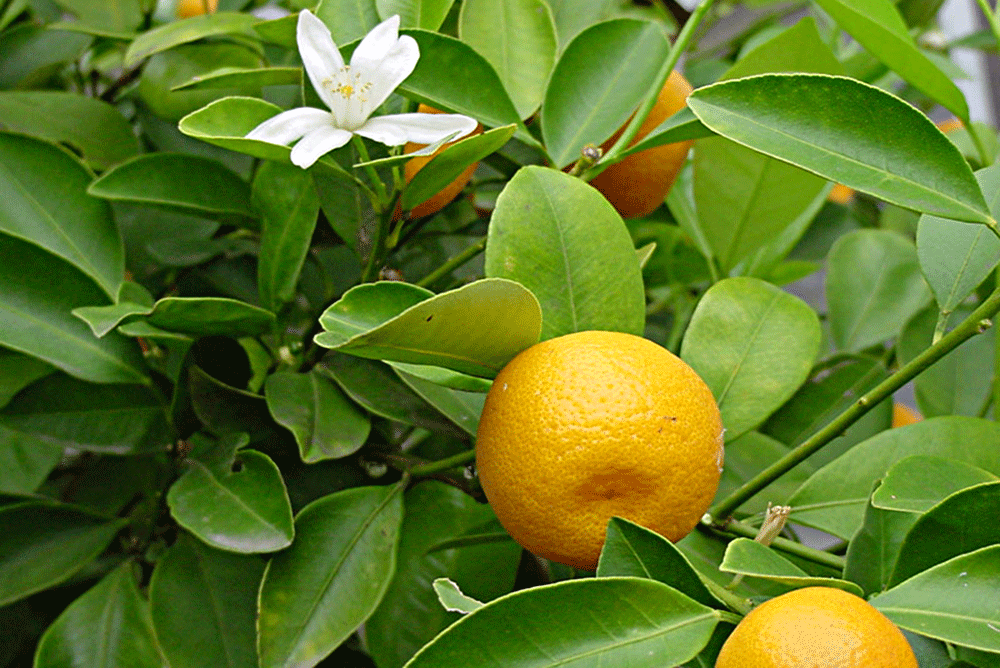 THE PRINCE AND I forgot our anniversary this year. Baby called to congratulate us the morning of and . . . well.
THE PRINCE AND I forgot our anniversary this year. Baby called to congratulate us the morning of and . . . well.
Following many seconds of research, I found that the site anniversariesbyyear.com had several gift suggestions for our 34th, which is what this was, including unisex Ray Ban sunglasses (a pair for each of us, I guess) and a “cork cage” shaped like the Eiffel Tower in which to store our discarded wine corks. Spending the week in Paris was not proposed, nor were any plants.
But a plant is what I got. Specifically, a Calamondin, a plant I’d never heard of, which always delights me.
Meanwhile, I made dinner. Quite a lovely one it was, involving filet mignon, creamed spinach and parmesan polenta. We shared it with our 93-year-old German friend Margot, who’d been invited to join us before we remembered we had an Occasion To Celebrate. Candles were lit, Piaf sang. Très romantique.
The Calamondin bills itself as “the other lime,” though it smells like an orange, specifically the insanely sweet scent of the orange blossom perfume that my friend Kristen brought back for me from a trip to Cocoa Beach maybe 15 years ago. Pure 1950s Florida in a bottle.
I keep the perfume on my desk and sniff it in times of (generalized) panic, like tropical smelling salts, which is why the bottle is still full. This is not the sort of scent one, meaning me, wears in public.
Anyway, my new and deliciously scented plant joins the key lime, the Meyer lemon and the various jasmine, hibiscus, amaryllis and bromeliads that winter in my tiny solarium.
While Clamondins were introduced to Florida in 1899 (according to Purdue University’s horticultural site), I had never heard of them. These prolific fruiters are said to be juicy and sweet; the plants grow in anything from clay to sand, and are reasonably cold tolerant.
Plus! Duke reports the fruit can be used as a shampoo, a hair growth stimulant and a laxative. It’s also said to ease the itch of insect bites, bleaches freckles, soothes coughs and “expels phlegm,” and the leaves can be brewed to create a “carminative”* more powerful than peppermint at relieving flatulence.
It’s also “a prime host of the Mediterranean and Caribbean fruit flies,” however these are not known plant threats in Washington, DC.
All in all a perfect plant, eh?
—Stephanie Cavanaugh
LittleBird Stephanie writes about city gardening. To see earlier columns, type her name or Green Acre in the Search box at the top of the page.
* Carminative. What a dainty term that I’d never heard of!
The butler arrives, crystal glass on silver salver: “Your carminative, madam.”
“Thank you, Reginald, please crack the window before you retire.”

Delightful column! I can almost smell it myself.